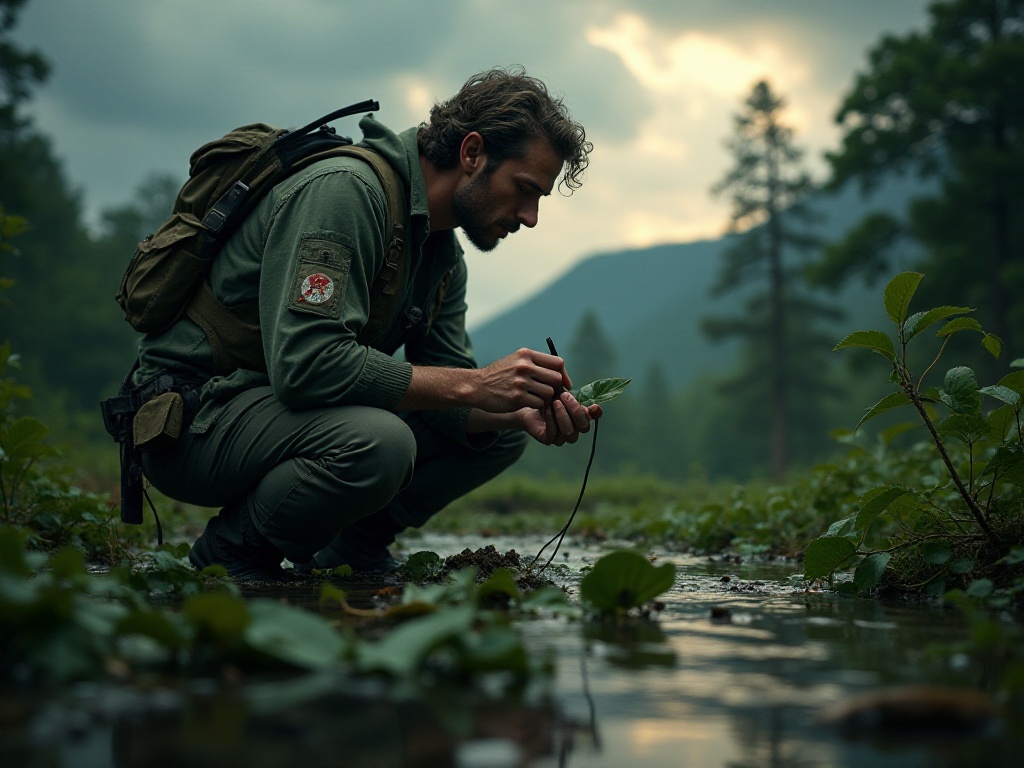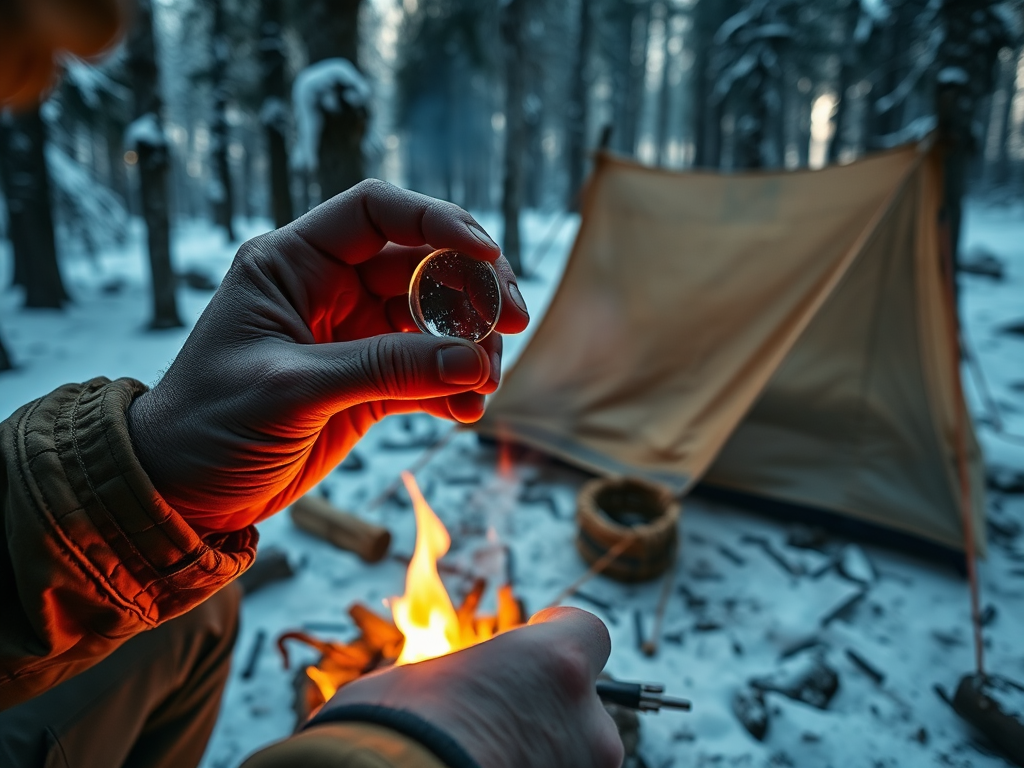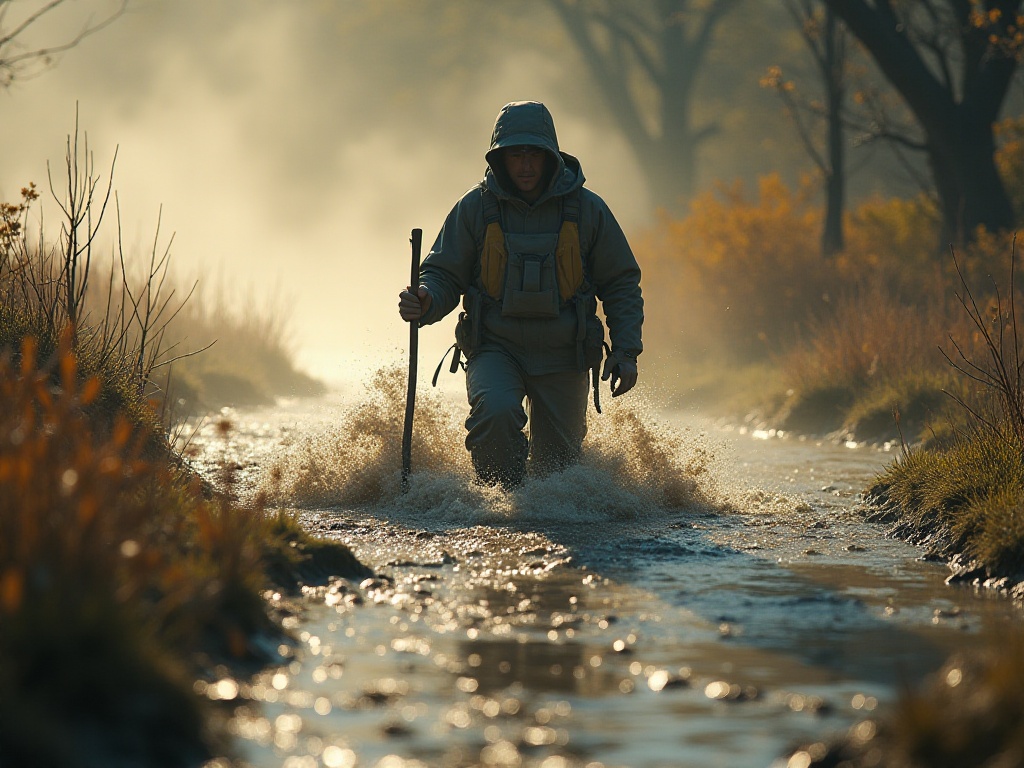In the vast natural environment, human survival faces many challenges, with water acquisition being the most critical. Water is the source of life, and in the wilderness, finding and confirming water sources becomes the first priority for survival. Today, I will share some tips for finding water sources in the wild. These techniques are based not only on scientific knowledge but also on my years of practical experience in outdoor adventures, hoping to provide some useful advice for your next outdoor activity.
Water Sources
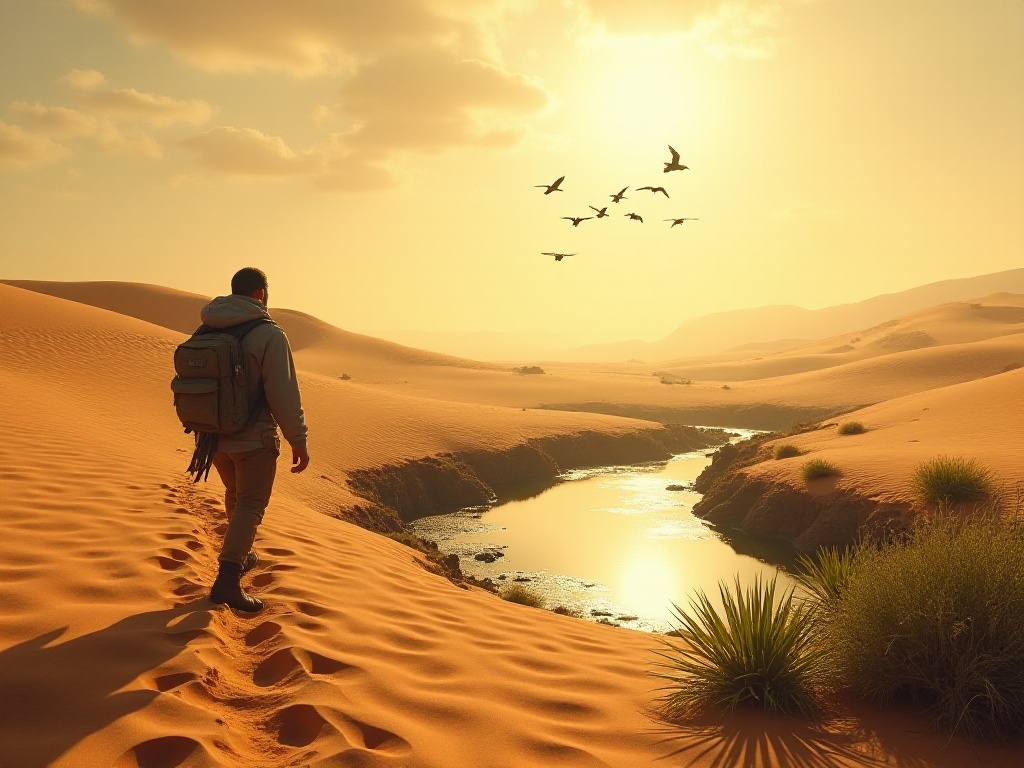
Plant Growth
One of the most intuitive and effective clues when looking for water sources is the growth pattern of plants. Plants need water to sustain life, especially certain species like willows and reeds that have very high water requirements, so their growing locations are often not far from water sources. Imagine plants searching for the best water sources - they naturally choose locations most favorable for water absorption.
For example, when walking in the desert, if you see a solitary willow tree or a patch of reeds, congratulations, you may have found signs of water. These plants are not only indicators of water sources, but their root systems will also help you find groundwater. Plant roots penetrate deep underground, and while absorbing water, they also indicate the direction of water flow. So when you see these plants, don't rush over immediately - observe their growth direction and surrounding terrain, which often leads to bigger surprises.
Animal Trails
Animals are also experts at finding water sources. They need water daily to sustain life, so they leave various traces near water sources. Following these traces can lead you to water. Animal paths are like nature's GPS - they repeatedly walk the same routes to water sources.
You might see animal droppings, whose moisture and freshness can tell you how far the water source is. If the droppings are fresh and moist, the water source is likely nearby. Similarly, animal footprints are also good indicators, especially on dry ground where footprints clearly show the direction of animal movement.
Remember that mountaineer who found a small water hole in the desert by observing bird flight patterns? His experience tells us that animal paths are not only traces of their survival but also shortcuts to finding water sources. Next time you're in the wild, try observing signs of animal activity - you might discover precious water sources hidden in nature.
Terrain Features
Terrain features also provide many clues for finding water sources. Usually, low-lying areas, valley bottoms, or dry riverbeds are potential water sources. Water always flows downward, and water is more likely to accumulate in low-lying areas, where groundwater is also easier to find.
In deserts or other arid regions, depressions might form small water holes or groundwater exposure points. These places might look dry, but due to the terrain, water collects here. Even if you can't see water on the surface, you can dig to find groundwater.
Imagine that in cities, we look for faucets to get water, while in the wild, you need to look for nature's "faucets" - those low-lying areas are like nature's reservoirs, storing the precious water you need for survival.
Emergency Signals
When facing emergencies in the wild, sending effective signals is key to getting rescue. Here are some methods for sending emergency signals in the wilderness:
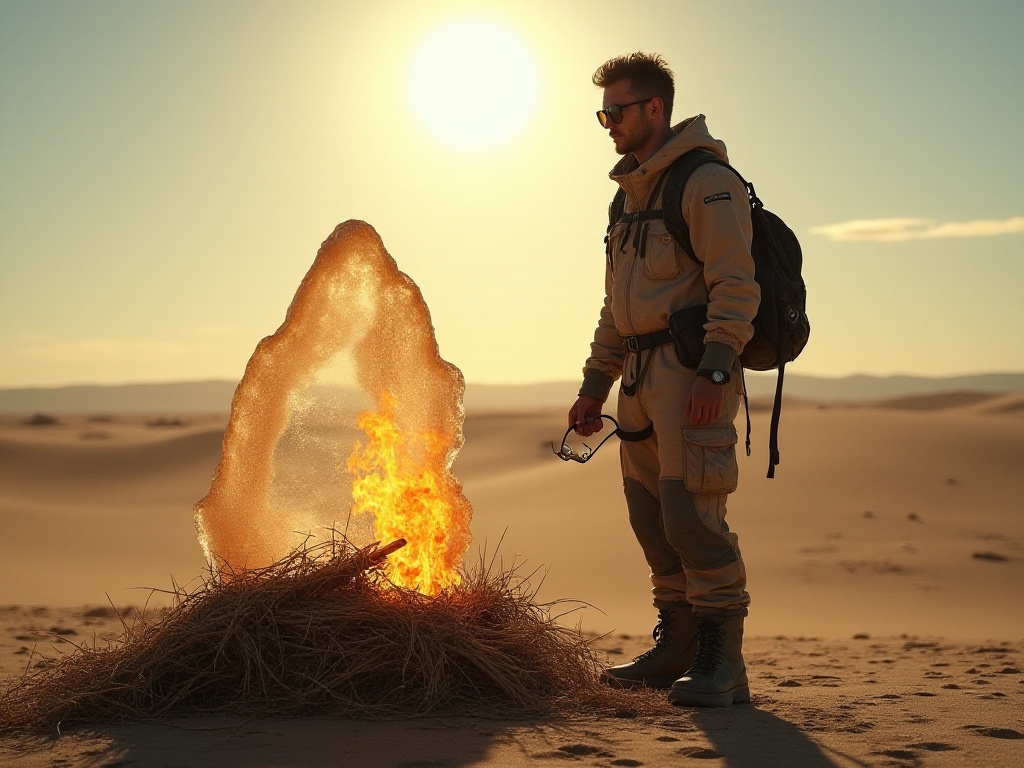
Three Repetitions
The internationally recognized distress signal is any action or signal repeated three times, whether it's three whistle blasts, three fires, or three flashes of light, all conveying a clear message to rescuers: someone here needs help. Repeated signals make it easier for rescue teams to locate your position, increasing the chances of rescue.
For example, a lost hiker in the mountains was discovered by search and rescue teams after using a mirror to send three light flashes to the sky. This type of repeated signal is not only simple and clear but also very eye-catching visually, attracting attention from afar.
Reflective Objects
In sunny environments, reflective objects are excellent tools for sending signals. Mirrors, metal objects, or even phone screens can reflect sunlight, creating flashing effects that penetrate through forests and attract attention from afar. Remember that lost hiker? He was discovered by search and rescue teams after using a mirror to reflect sunlight into the sky.
The advantage of this method is that it doesn't require any complex tools - you just need an object that can reflect light. Reflective objects can focus sunlight into a bright spot that's very noticeable, even from long distances.
SOS
SOS is the distress signal in Morse code, which can be sent by arranging branches, stones on the ground, or using light or sound. Rescue personnel will immediately understand your distress call. Just like that lost hiker who was discovered by search and rescue teams after using a mirror to reflect sunlight into the sky.
SOS is an internationally recognized distress symbol, so it can be understood and recognized wherever you are. It's simple to remember - three short, three long, three short arrangements can be conveyed through various means, such as flashing lights, fire signals, or even knocking sounds.
Survival Equipment
In wilderness survival, choosing and using equipment is a science. Today, let's discuss two very practical survival equipment techniques: making waterproof matches and starting fires without fire starters.
Waterproof Matches
Outdoors, moisture and rain can render ordinary matches unusable. Waterproof matches ensure you can start a fire even in humid environments. Here are detailed steps for making waterproof matches:
Soak Match Heads
Dip match heads in lighter fluid or wax, ensuring they're completely covered. Matches treated this way can ignite quickly even in humid conditions. Imagine a camper discovering their matches were wet in the rain, but because they had pre-treated them with lighter fluid, they easily lit a campfire.
Dry Matches
Let matches dry for at least 24 hours, preferably at room temperature. This prevents match heads from failing to ignite due to moisture. Like that camper who pre-treated matches with lighter fluid and easily lit a campfire. Dry matches are easier to light, reducing the difficulty of starting fires in humid environments.
Seal Match Bottoms
Seal the bottom of match heads with wax or nail polish to prevent water entry. Such matches can quickly ignite even if accidentally wetted. Remember that camper? He pre-treated matches with lighter fluid and easily lit a campfire. Sealing the bottom not only prevents moisture entry but also extends match life.
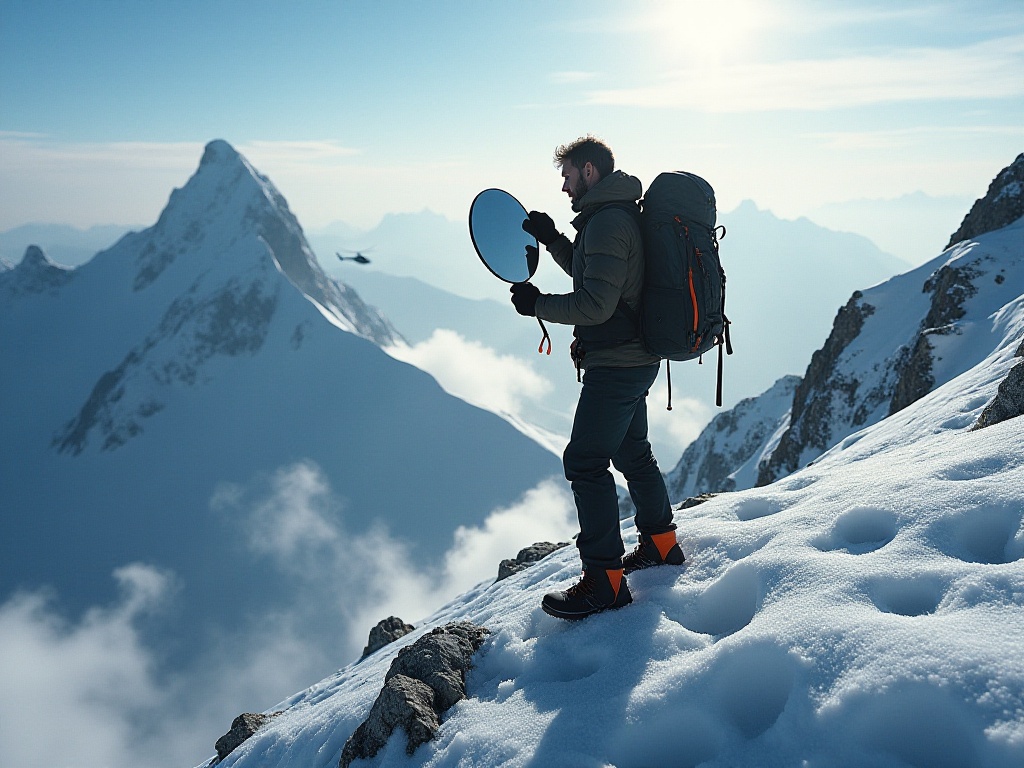
Starting Fires Without Fire Starters
How can you start a fire using natural resources when you don't have matches or fire stones? This requires some skill and patience. Here are detailed steps for using sunglasses and ice to start a fire:
Clear Ice
First, you need to find clear ice, preferably an icicle or ice block. Clear ice better focuses light. Imagine ice as nature's lens - using it to focus sunlight can create a fire starter. An explorer successfully started a fire using this method when he had no matches or fire stones, providing warmth and cooking ability.
Focus Light
Use sunglass lenses to focus sunlight, enhancing the focusing effect through ice. Place ice on the sunglass lens, adjusting angles to focus light on a single point. It's like using a magnifying glass to focus sunlight, except using ice. Like that explorer who successfully started a fire this way for warmth and cooking.
Ignite Tinder
Focus the light point on tinder like dry grass or paper scraps. Wait patiently as the focused light point gradually heats up, eventually igniting the tinder. Remember that explorer? He successfully started a fire this way for warmth and cooking. While this method requires time and patience, once successful, you'll have a stable fire source.
In summary, wilderness survival skills are not just theoretical knowledge but practical wisdom. Finding water sources, sending emergency signals, making waterproof matches, and starting fires without fire starters are all key skills for wilderness survival. I hope these insights help you feel more confident and safe in future outdoor adventures. If you have any questions or experiences to share, feel free to comment. After all, outdoor survival is an art that requires continuous learning and accumulation of experience.
Related articles


